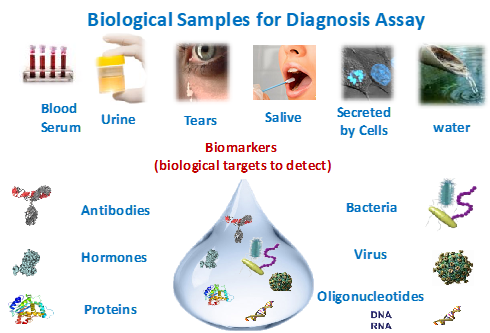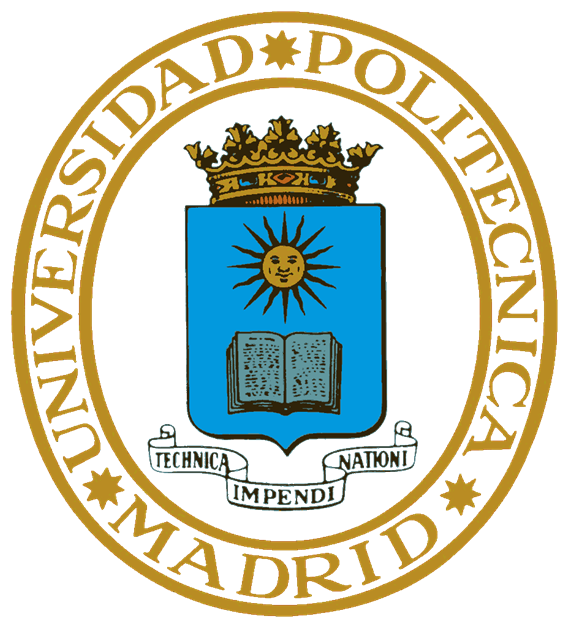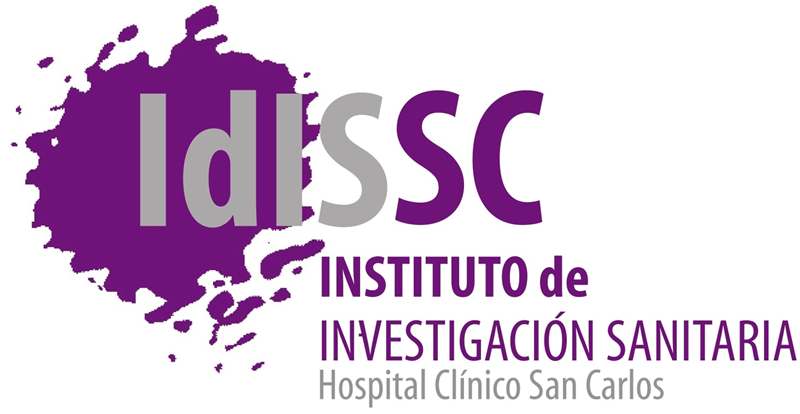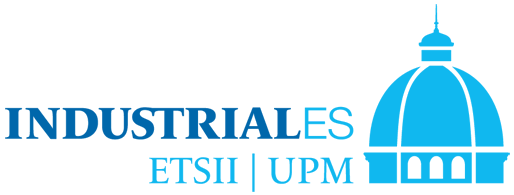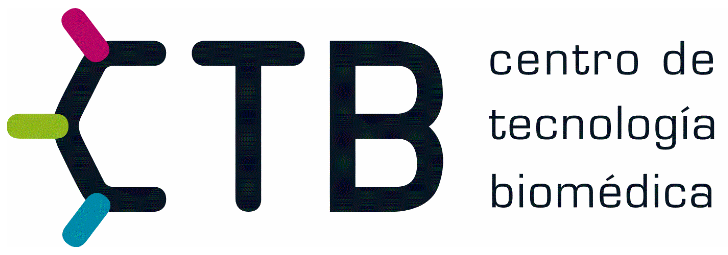Brief summary
Brief summary of the
Group activity
The Optics, Photonics and Biohotonics Group (GOFB) is specialized in Research, Technological Development and Innovation of advanced chemical, biochemical and in-vitro diagnostic systems, as well as in the implementation of photonic transducers and bio transducers on a chip, biokits, readout platforms, bioreactors, tissue-on-a-chip and organ-on-chips.
The main research technologies of the Group GOFB are:
- Design and simulation of Photonic structures
- Simulation of fluidic behavior of molecules and nanoparticles
- Micro-nano fabrication of photonic transducers
- Micro-fabrication and packaging of multiplexed KITs
- Surface chemistry and biofuntionalization with bioreceptors
- Development of biochips and biokits
- Development of bioreactors
- Implementation of optical readout platforms (optical fiber based and free space)
The main Research lines applications of the Group GOFB are:
Thus, the GOFB is covering the whole value chain from the basic and technological research to the demonstration and final prototyping, being the main activities conducted from the analytical and numeric simulation and design to the final implementation of the biokits, bioreactors and readout platforms. The GOFB is focused either on disruptive and singular applications close to the clinical translational research and those more market-oriented. In this term, is worthy to mention here that the group is belonging to the Health Research Institute of the Hospital Clínico San Carlos (www.idissc.org). Moreover, the exploitation of research and technological development is conducted through industrial partners and the start-up company Bio Optical Detection (www.biod.es) that was set-up in 2010 from researchers of the GOFB group.
Motivation
In the GOFB the main motivation is the development of In-Vitro diagnostic systems and platform to face the following challenges: relating with the increasing incident diseases (Neurodegenerative, Cancer, Infectious, Cardiovascular, etc.) in an ageing society with chronic diseases and with the increasing cost of drugs discovery and development and therefore:
- Cost effectiveness
- Diagnostic Must be accessible
- Time to results Must be faster
- Time to therapy Must be reduced
- Need to discover and develop new and efficient drugs
- Need to go towards a personalized medicine
- Need to acute control of contamination in environment
- Need to acute control
Thus, in the classification of of the In vitro diagnostic (IVD) system, the GOFB is mainly focused on near patient testing (Point of care) or other Point of need applications. However, the trend and future developments are also oriented to the final user testing. Thus the IVD can be classified as: Clinical Laboratory testing, Near Patient Testing and Self-testing.
Sensing and biosensing
The researchers belonging to the GOFB have a lot of experience developing sensing system to detect different types of biological targets and agents. Thus, in the GOFB we design and adapt, not only the transducers and biotransducers, but also the readout system to optimize the sensing system platform as a whole.
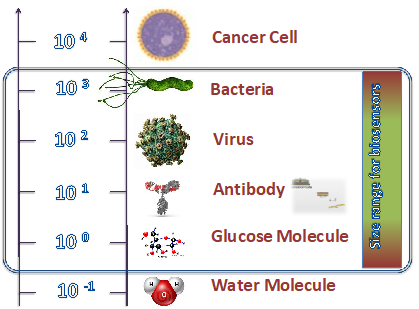
Another remarkable point to bear in mind is the biological sample: blood, serum, urine, tears, cells, water, among others, where the biological targets are together with other multiple components. Those components produce an unspecific adsorption. A a result the background signal is increased jeopardizing the specific signal in the sensing systems. Multiple strategies at GOFB has been developed in order to avoid this unspecific adsorption problem.
